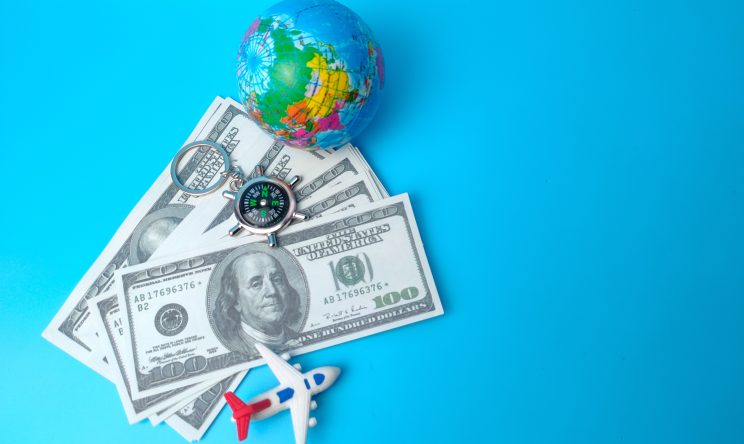 July 5, 2022
July 5, 2022
June marks the beginning of summer for the Northern Hemisphere, and with that comes a shift in Summer payment trends. With 2022 being the first restriction-free summer the UK and US have experienced since the Covid-19 Pandemic, how is this set to impact online payments?
The hospitality industry has been hit hard by the pandemic, with many businesses closing down or reducing hours. This means fewer customers visiting bars and restaurants, which in turn means fewer opportunities for them to make purchases. However, as we move into June, it seems that consumers are starting to look at ways in which they can enjoy the summer with the easing of restrictions.
Consumers may start looking towards booking holidays and trips through travel sites. It’s estimated that over £1 billion was spent on holiday packages last year, so if the trend continues then it could mean big business for companies like TripAdvisor and Expedia.
With parents taking more time off work due to the summer holidays, leisure spending will increase too. As well as spending time outdoors, consumers may also be taking advantage of new experiences such as music festivals, sports events, and outdoor activities.
It’s not just consumers who are set to enjoy the summer months; Merchants are too. Merchants are already seeing an increase in sales from shoppers purchasing items since the lockdown period. Now that there is no longer any need to stay indoors, consumers are buying more products than ever before.
One of the biggest trends of 2022 has been the rise of Buy Now Pay Later (BNPL) schemes. These allow you to purchase goods without having to put down a deposit upfront. Instead, you pay instalments or interest on your balance until you decide to settle.
More Merchants than ever are beginning to offer Buy Now Pay Later as a payment method. Schemes such as PayPal Credit provide security for the business, whilst also offering flexibility to the consumer. The scheme allows consumers to spread out their payments over a number of months, meaning they don’t have to pay back all their debts at once.
However, these types of schemes aren’t always suitable for everyone. If you’re struggling financially, then a Buy Now Pay Later scheme isn’t going to help you. You’ll still end up owing the full amount of the item, with potential interest on top.
This increased usage of alternative payment methods such as Buy Now Pay Later could lead to some interesting changes in the future. If consumers become accustomed to using these different forms of funding, then it could affect how they use traditional credit cards.
Under plans set out by the government, it confirmed that lenders will be required to carry out affordability checks, ensuring loans are affordable for consumers, and will amend financial promotion rules to ensure Buy-Now Pay-Later advertisements are fair, clear, and not misleading. Lenders offering the product will need to be approved by the Financial Conduct Authority (FCA), and borrowers will also be able to take a complaint to the Financial Ombudsman Service (FOS). Given its complexity, the government will publish a consultation on draft legislation toward the end of this year. Following this, the government aims to lay secondary legislation by mid-2023, after which the FCA will consult on its rules for the sector.
As we know, cardholders tend to use credit more when making large purchases. But what happens when they use it for smaller purchases? Will they continue to do so? Or will they switch to other options such as cash or debit cards? We’ll find out soon enough.
To stay up to date with all the latest blog posts and news from Cardstream, sign up to our mailing list here.